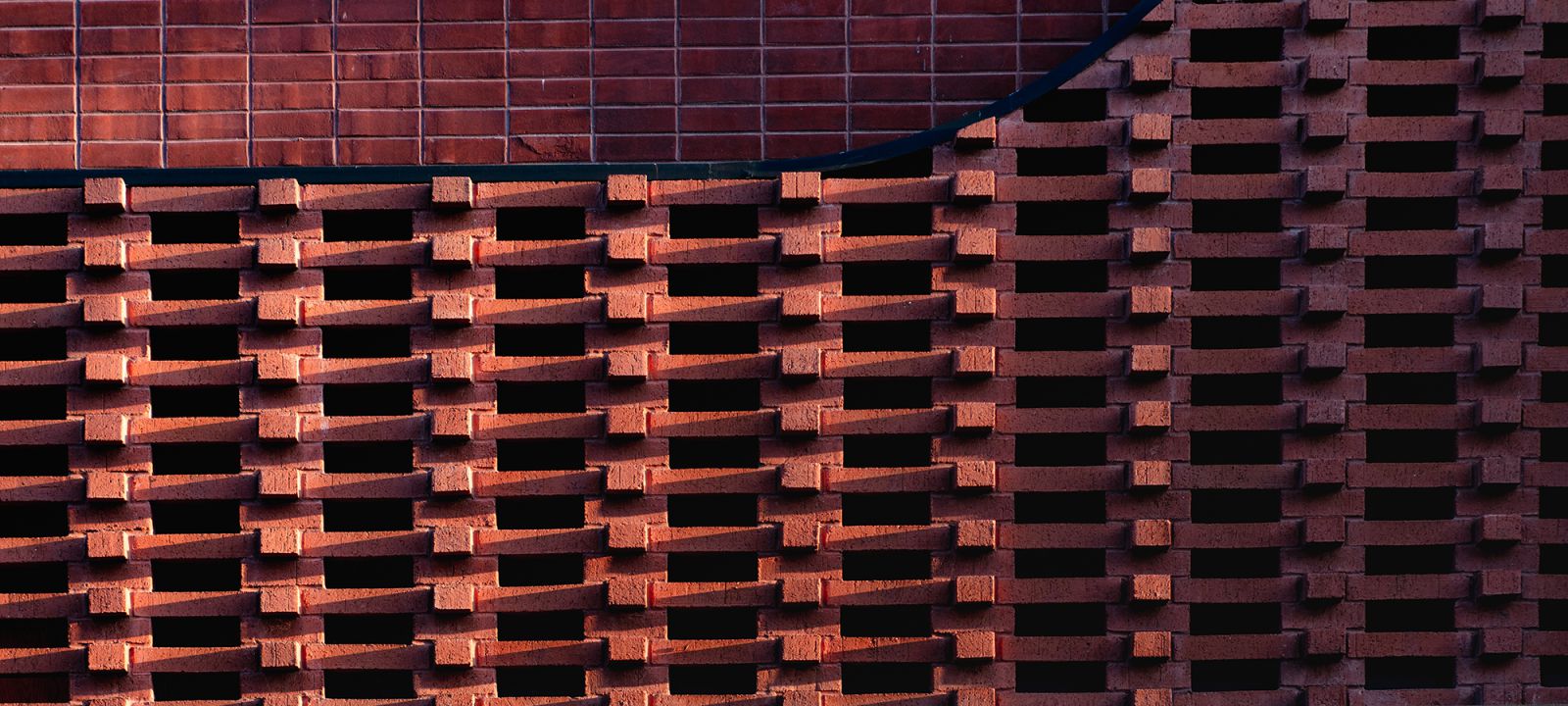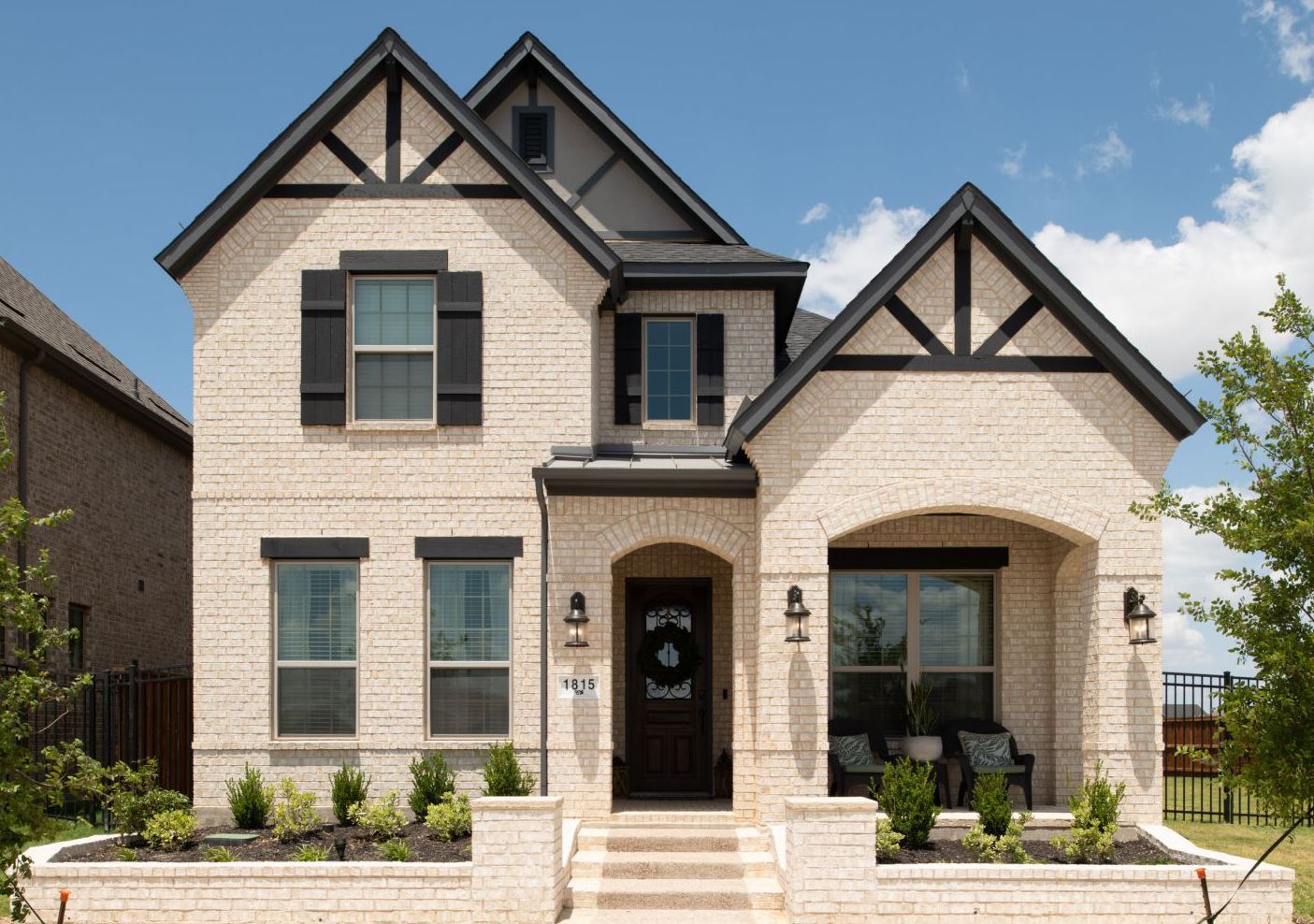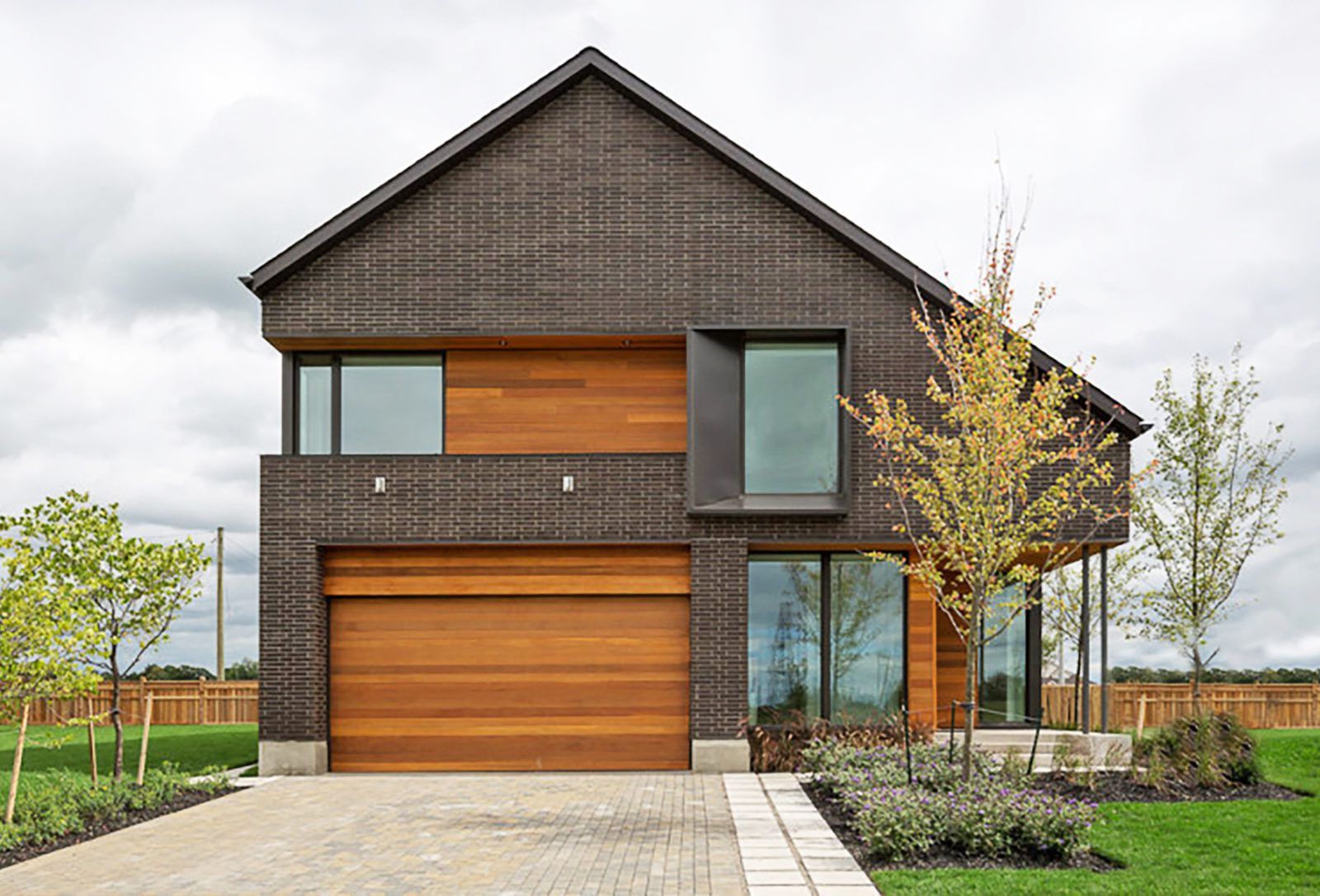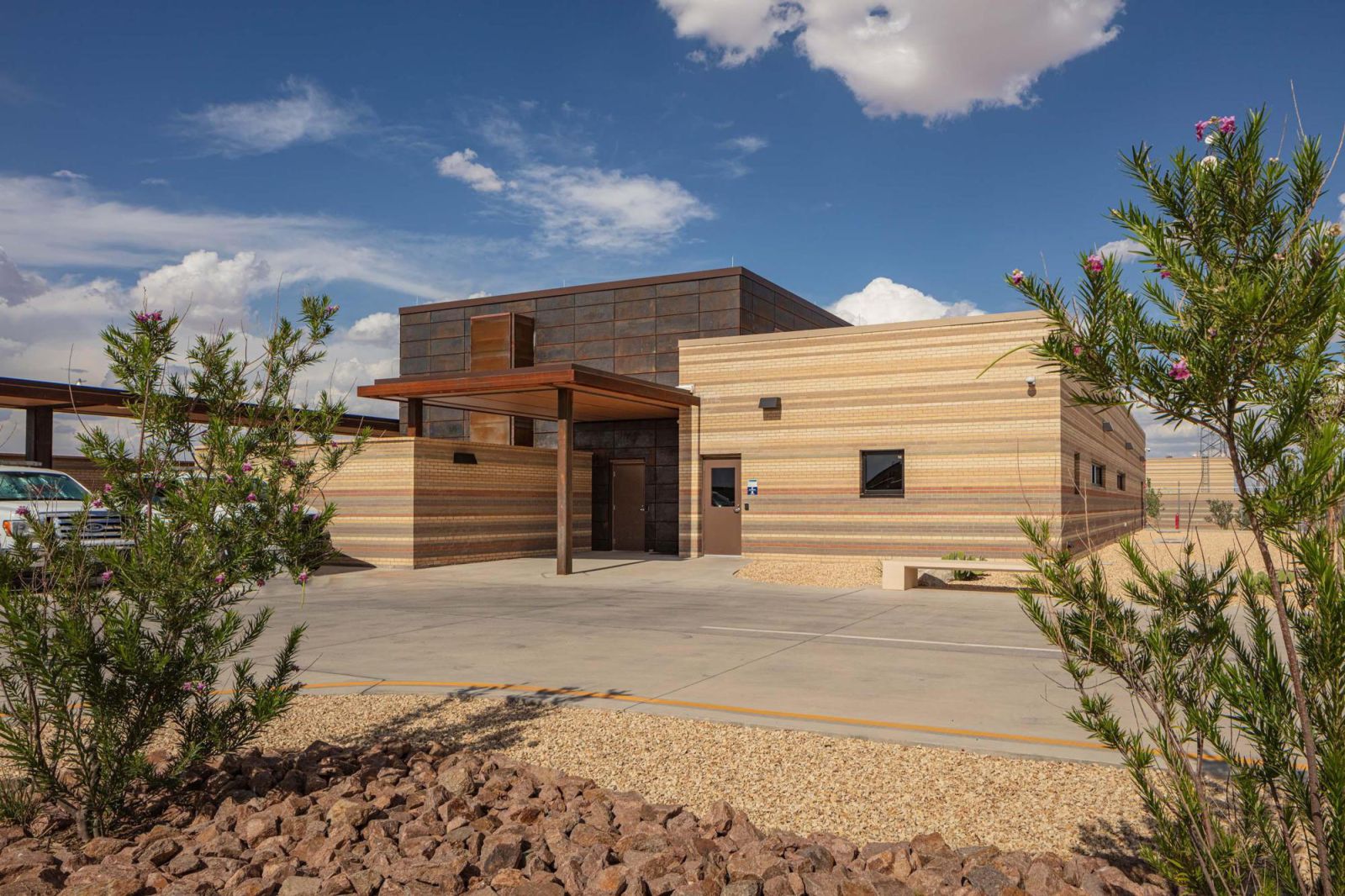Performance & Durability

Every Second Counts!
Keeping your home, family, and belongings safe with brick for centuries.
Firefighters say brick provides an extra hour of protection compared to vinyl and fiber cement!
Why Firefighters Choose Brick:
No cladding can take the heat like brick! There have been countless stories about fiber cement and vinyl homes going up in flames so fast that firefighters are put in danger.
On average, brick provides 1.5 hours of protection before a fire breaches your home, whereas vinyl and fiber cement siding won't withstand 30 minutes. Clay brick helps to slow down the spread of the fire, which allows firefighters an extra hour to do their job safely and to save your family, your home, and your possessions.
Brick is truly a non-combustiable material, free of volatile compounds and won't burn, melt, or combust. Even without the heat of a fire, vinyl siding has commonly melted, bubbled or curled from too much sun exposure or even reflections from windows! If the sun is melting your siding, you can bet it won't put up much of a fight during a fire.
Protection From Severe Storms:
"The Three Little Pigs” were right: Brick provides superior shelter in ways other cladding materials can’t match in terms of durability, fire prevention, protection from wind-borne debris, and more. Clay brick is built to withstand the elements, whereas other building products - like fiber cement and vinyl - may talk a big game, but no material delivers like brick in so many different types of severe weather events.
There have been countless news stories of vinyl and fiber cement homes that are damaged by severe storms. Check out some of the news stories below to hear what happened to homes that weren't built with brick during natural disasters.
Durable To Withstand Hail and Wind-Blown Debris
The Wind Science and Engineering Research Center at Texas Tech University showed that homes built with brick offer dramatically more protection from wind-blown debris than homes built with vinyl or fiber-cement siding. In fact, the tests found that homes made with brick exceed the 34 mph impact resistance requirement for high velocity hurricane zones in the Florida building code. Brick also exceeds Florida’s impact resistance requirements for essential facilities in hurricane areas. The other building products? Not even close!
Some say a picture is worth a thousand words. To demonstrate how durable brick is to withstand the elements compared to other building materials, BIA put together the following videos showing the strength and resilience of brick walls to serve as an example of how durable brick is to withstand flying debris during a storm.
Moisture Protection From Hurricanes And Flooding
According to a nationally renowned, independent, building-products research laboratory, brick veneer wall assemblies control moisture better than wall systems clad with other exterior materials. Therefore, brick veneer wall systems help minimize mold growth, wood rot and infestation by insects, and corrosion of fasteners embedded in wood better than other wall assemblies.
More Reasons To Go Brick:
Brick provides unbeatable protection from the elements, and is naturally energy efficient and sustainable. Other cladding can't compare to the longevity and benefits of brick. You can even compare the cost of brick vs. other building materials by zip code to see cost estimates in your area.


.jpg)
